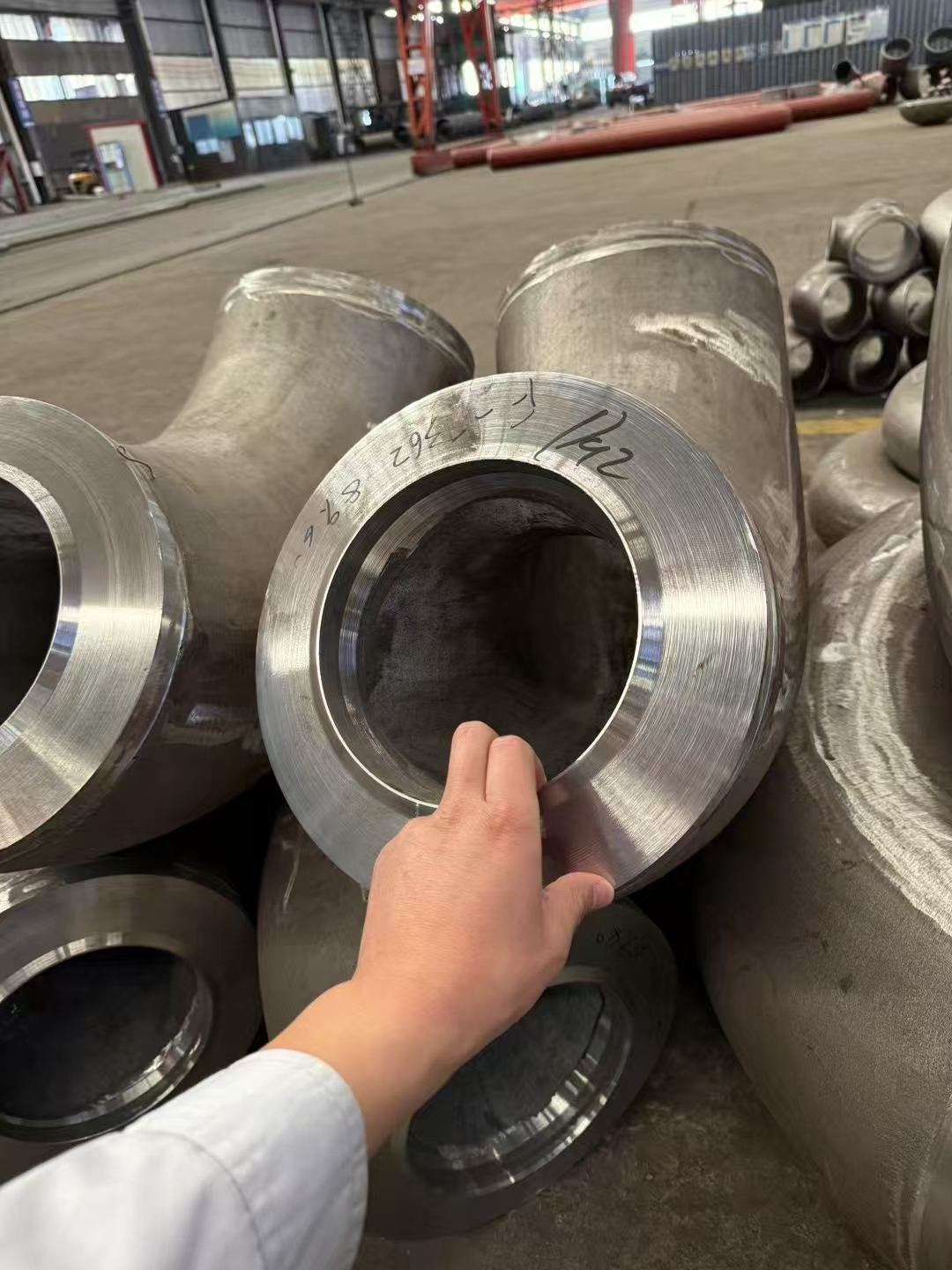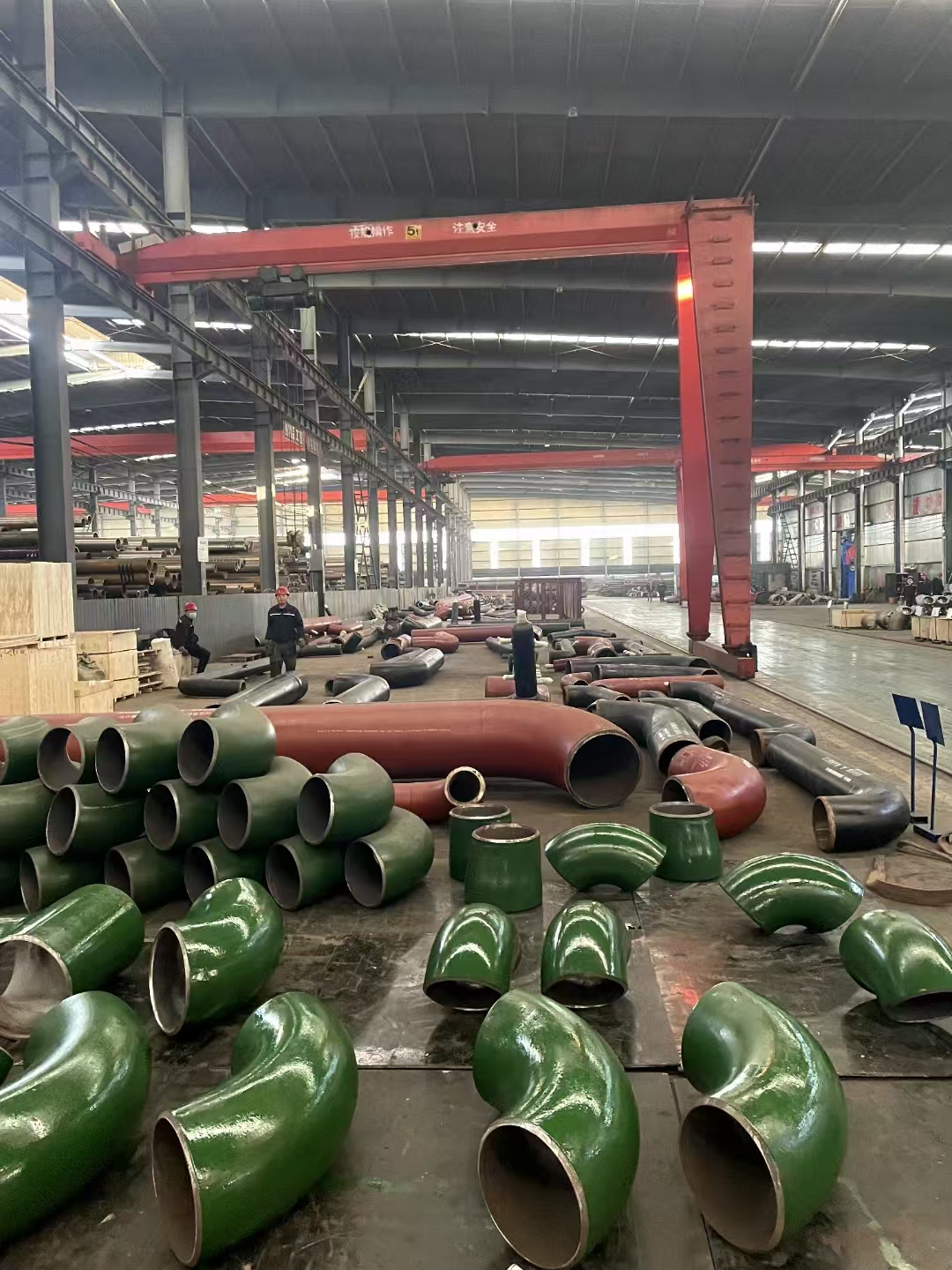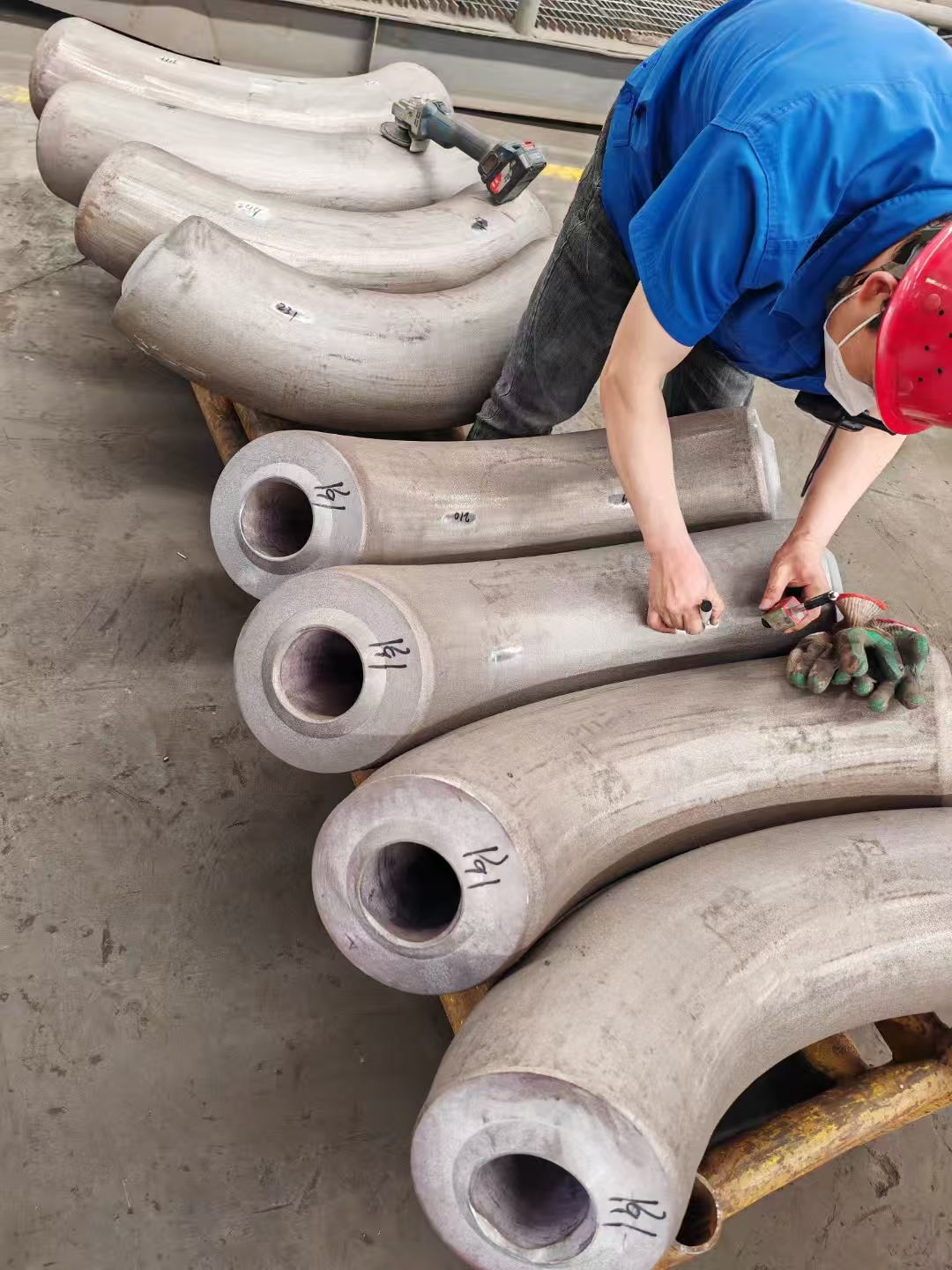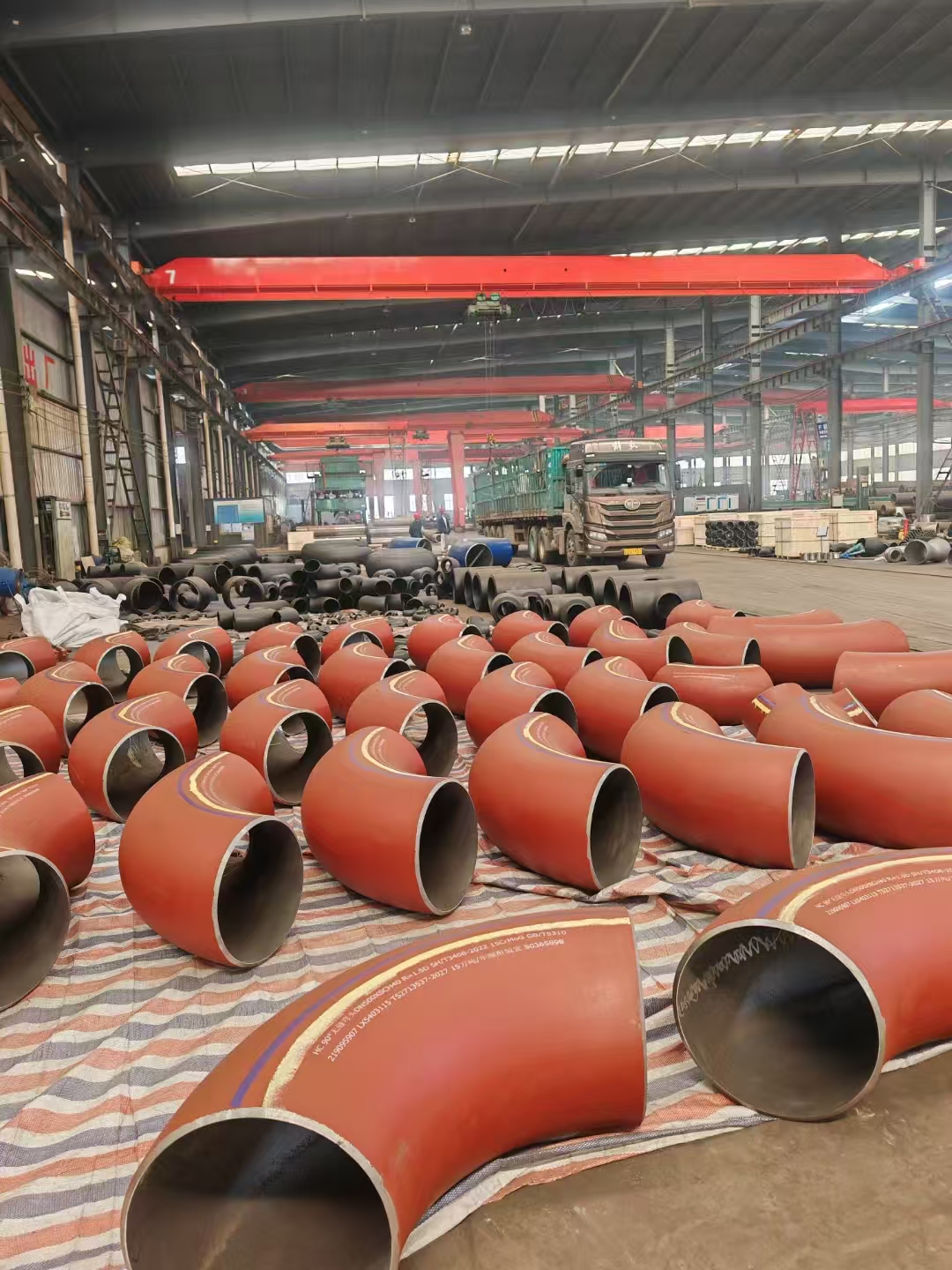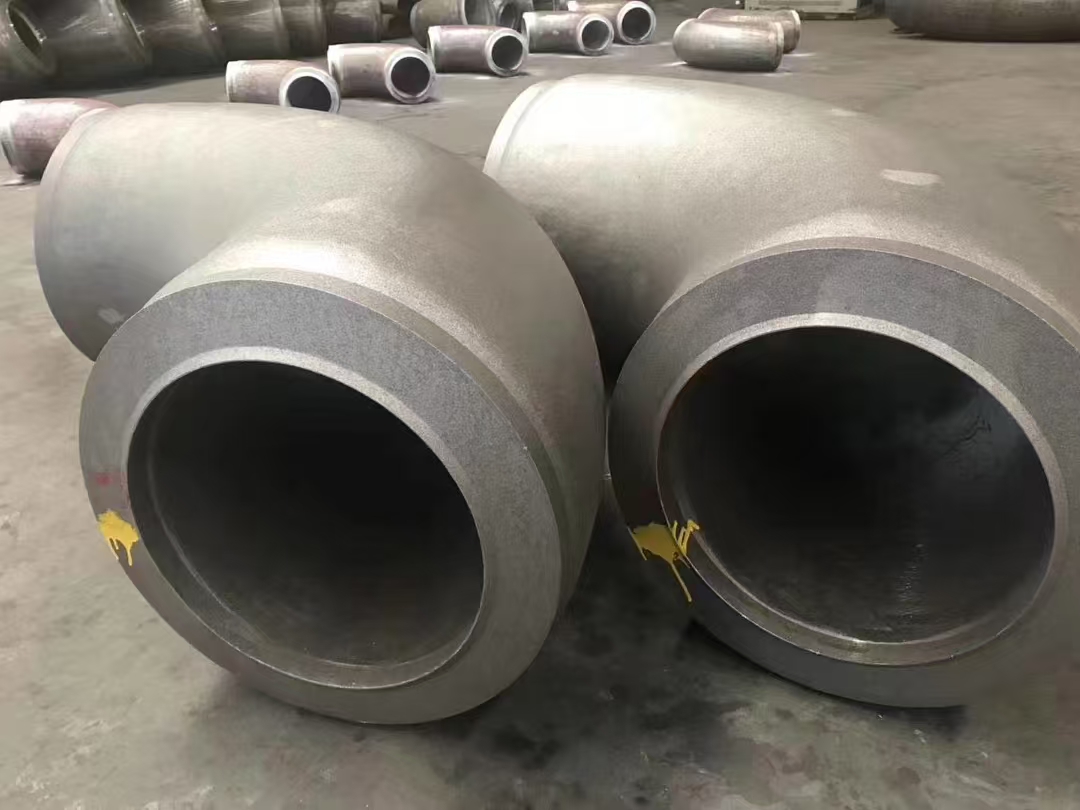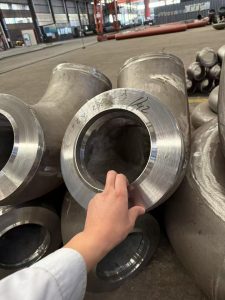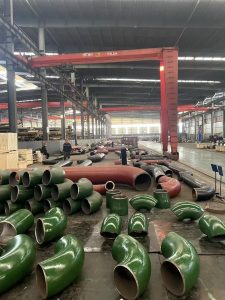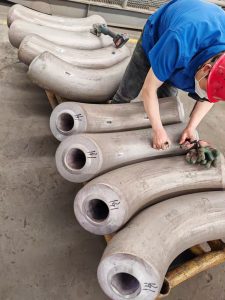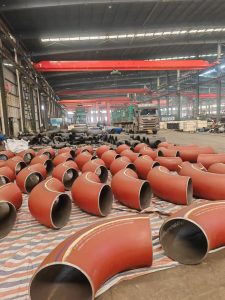Abstract
ASTM A182 F53 flanges are high-performance super-austenitic stainless steel flanges widely used in industries such as oil, natural gas, chemical, and pharmaceutical. During the manufacturing process of the flange, the formation of Harmful Metal Phases may adversely affect its performance.
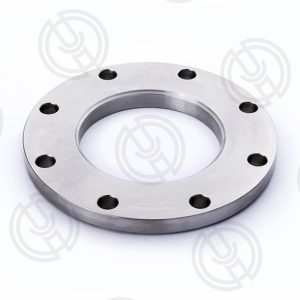
This article will explore the harmful metalp hases in ASTM A182 F53 flanges, analyze their causes, and discuss how to reduce the impact of these phases on flange performance through controlled manufacturing processes.
I. Overview of Harmful Metal Phases
Harmful metal phases refer to phases within the microstructure of metallic materials that negatively impact material properties. In ASTM A182 F53 flanges, the main harmful metal phases include sigma phase (σ phase), chi phase (χ phase), and Laves phase. These harmful metal phases can lead to a decrease in the flange’s corrosion resistance, mechanical properties, and weldability.
II. Causes of Formation of Harmful Metal Phases
1.Alloy Composition
The alloy composition of ASTM A182 F53 flanges significantly influences the formation of harmful metalp hases. An imbalance of alloying elements can lead to the precipitation of Harmful Metal Phases. For example, higher chromium and molybdenum content can easily form σ and χ phases.
2.Heat Treatment
Heat treatment processes have a significant impact on the formation of it. Improper heat treatment practices, such as inadequate control of solution temperature and time, can result in the precipitation of harmful metal phases.
3.Cold Working
The deformation of metal during cold working can lead to the precipitation of it. The greater the degree of cold working, the more pronounced the tendency to form it.
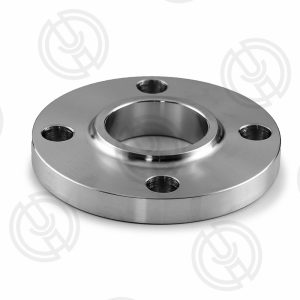
III. Impact of Harmful Metal Phases on ASTM A182 F53 Flange Performance
1.Corrosion Resistance
Harmful metal phases can reduce the corrosion resistance of ASTM A182 F53 flanges. For instance, σ and χ phases can become active sites for corrosion, leading to accelerated localized corrosion. Additionally, the formation of it can decrease the stability of the stainless steel’s passive film, making the flange more susceptible to corrosion in corrosive environments.
2.Mechanical Properties
Harmful metal phases can affect the mechanical properties of ASTM A182 F53 flanges. The precipitation of σ and χ phases, for example, can lead to a decrease in material strength and toughness, making the flange more prone to fractures under external forces.
3.Weldability
Harmful Metal Phases can reduce the weldability of ASTM A182 F53 flanges. The presence of these phases can cause hot cracks during welding, affecting the quality of the flange weld.
IV. Measures to Control Harmful Metal Phases
1.Optimize Alloy Composition
Adjusting the alloy composition to achieve the appropriate proportions of elements such as chromium and molybdenum can reduce the tendency to form it.
2.Improve Heat Treatment Processes
Reasonably controlling the heat treatment temperature, holding time, and cooling rate can effectively reduce the precipitation of harmful metal phases. For example, appropriately increasing the solution temperature and extending the holding time can promote the dissolution of it.
3.Reduce Cold Working Degree Minimize cold working to the extent possible while ensuring the dimensional accuracy of the flange to lower the formation of it.
4.Detection and Control
Use metallographic microscopy, scanning electron microscopy, and other detection methods to inspect harmful metalp hases in ASTM A182 F53 flanges, and take timely measures to eliminate them.
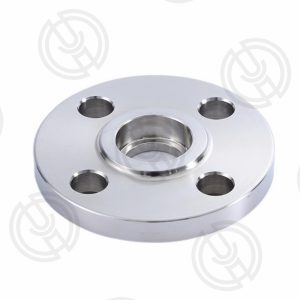
V. Conclusion
Harmful metal phases are significant factors affecting the performance of ASTM A182 F53 flanges. By optimizing alloy composition, improving heat treatment processes, and reducing the degree of cold working, the precipitation of Harmful Metal Phases can be effectively controlled, thereby enhancing the flange’s corrosion resistance, mechanical properties, and weldability.
To ensure the stable operation of ASTM A182 F53 flanges under severe conditions, manufacturers and users should pay close attention to the issue of it and strengthen detection and control, thereby providing high-performance, reliable stainless steel flange products for China’s oil, chemical, and other industries.

